Garnet Fire underscores the urgency of wildfire resilience efforts
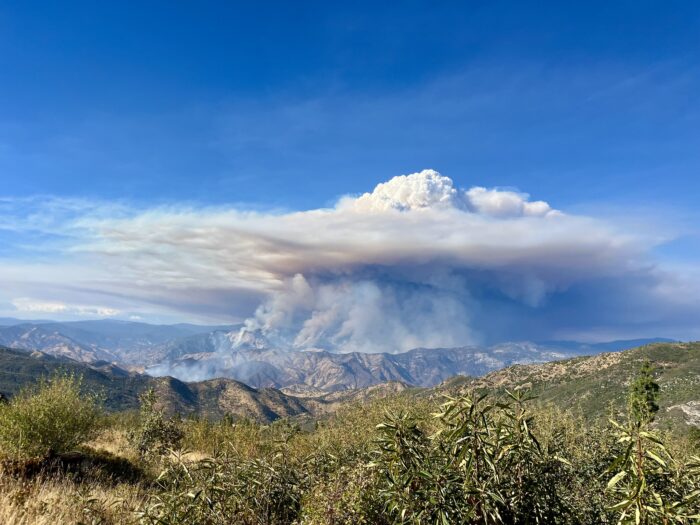
The Garnet Fire is finally contained. For weeks, the mountains roared with the fight: More than 1,000 firefighters were on scene, backed by 18 engines, 18 bulldozers, 23 water tankers, and aircraft buzzing low to drop water and retardant through smoky skies. Firefighters raced through the McKinley Grove of giant sequoias, setting sprinklers to soak the trees ahead of encroaching flames. High above, specialized firefighters called smokejumpers risked their lives, climbing into sequoia crowns to extinguish embers that threatened to torch giants more than 1,000 years old.
These bold efforts worked. The fire swept through at only moderate intensity, leaving the great trees singed but mostly unscathed. Yet their survival also hinged on luck. Unseasonal rain and cooler-than-normal temperatures helped quench the blaze. Without those conditions, it’s possible many sequoias could have been lost.
As the Garnet Fire receded, it left behind more than ash. It left a warning.
From emergency response to lasting resilience
In today’s hotter, drier Sierra, where sequoia groves are often choked with decades of accumulated deadfall and other fuels, protecting these giants demands a small army of firefighters. It’s an exhausting, expensive scramble, and a stark example of why sprinklers and smokejumpers can’t be Plan A. Limiting destruction from megafires after they’ve already erupted is not a practical long-term solution.
That’s why the League’s work to restore fire resilience is so vital. “The science is clear,” says Ben Blom, League director of stewardship and restoration. “Proactively reducing fire fuels is the most effective method for restoring wildfire resiliency.”
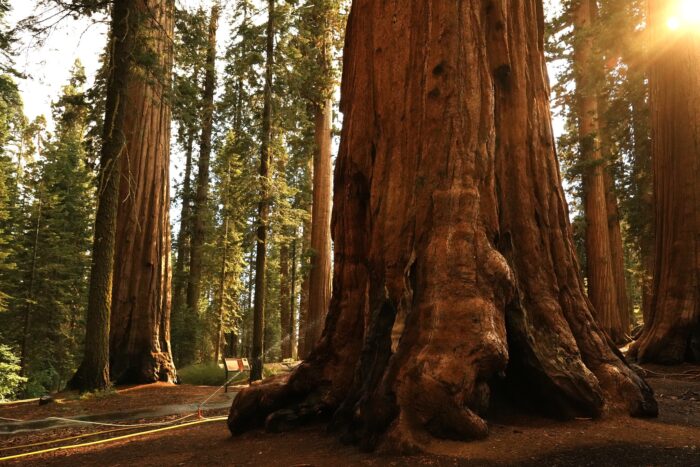
Until the Garnet Fire, McKinley Grove hadn’t burned in a century. The Giant Sequoia Lands Coalition (GSLC), of which the League is a member, had named McKinley as one of the Sierra’s most vulnerable groves precisely because it had been so long since wildfire had cleared the understory and thinned the forest. If not for the fast and heroic work of firefighters, the damage there could have been catastrophic.
Giant sequoias evolved to flourish in a patchwork of low- and moderate-intensity fires, which open their seed cones and naturally reduce competing vegetation and forest litter. But severe wildfires whipped up by decades of fire suppression and climate change–exacerbated drought have killed as much as 20 percent of mature giant sequoias since 2015. Those conditions set up the McKinley Grove for disaster.
But with know-how, commitment, and plenty of grit, we can bring the sequoia range back to a place where fire helps groves thrive again.
“While we’ve made substantial progress in reducing threats to giant sequoias, we have an opportunity to prevent further loss of these vital forests,” Blom says. “There is no time to lose.”
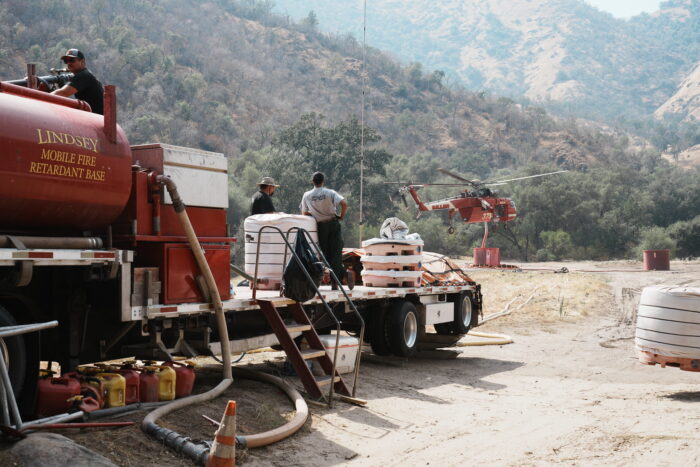
Turning lessons into action
Our work offers a roadmap that can be scaled across the Sierra to tackle the root causes of megafires. At Alder Creek and Packsaddle groves, for example, the League and GSLC partners have rolled up our sleeves and gotten to work removing excess fuels to restore natural fire resilience and reduce extreme fire risk.
We’re also healing these forests from fire damage already done. In the last two years the coalition planted nearly 60,000 seedlings—about half of which were giant sequoias—in the two groves. Since 2022, the League and partners have planted over half a million bright green seedlings in blackened sequoia stands where new seedling numbers were low.
Our approach is informed by decades of scientific research, and backed by on-the-ground evidence that proves it works. Proactive fire management—like the cultural burning long practiced by Indigenous tribes—can prevent the catastrophic loss of mature trees. With reliable funding for the federal and state agencies that manage these forests, we can put this knowledge and these tools to work. So that when the next big wildfire strikes, the giant sequoia groves will stand ready.

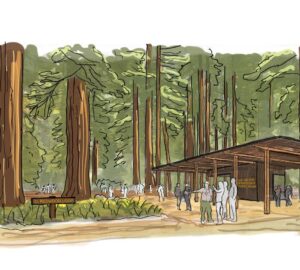

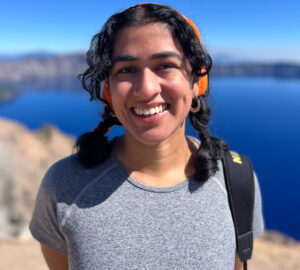
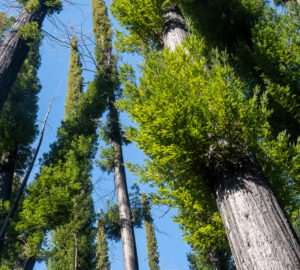




7 Responses to “Why firefighters alone aren’t enough to save every sequoia”
Marilyn Shirey
Can the seedlings survive in ongoing drought conditions and with hotter weather moving forward? In Yosemite NF so many of the burned areas seem to be coming back as chapparel type growth without any trees. Wondering if the tree line has moved up and those areas that used to support trees with cooler temperatures and more moisture are no longer hospitable to them.
Also share the concern of other commenters about the tenuous predictability of federal funding for the parks under the current Republican administration. Will give my energy and my vote only to those candidates that believe in science, recognize climate change as an existential threat and work to save our planet.
Frank N
“With reliable funding for the federal and state agencies that manage these forests, we can put this knowledge and these tools to work. So that when the next big wildfire strikes, the giant sequoia groves will stand ready. ” — That’s the model societies have developed to accomplish forest management. It has worked well. Hopefully rogue governments will find their way before too much damage is done.
Gretchen Fitzgerald
Hi, I used to work on the Sequoia National Forest where Alder Creek and Packsaddle groves are. The partnership with Save the Redwoods league, American forest, the State of California and the Tule River Tribe has been a great example of how combining our forces and funding, we can achieve great things for the giant sequoia and surrounding forests.
Peter M Burkard
Given that climate change is a root cause, it is essential that Republican control of the federal government be ended for lasting progress to be made. Astonishingly, R’s are so ignorant and tied to fossil fuel money that they don’t even accept climate change as real. Vote like your life and all of nature depend on it, because they do.
Rodney burge
I am immeasurably gratified to learn of the
wonderful concern and
learned practical skills by
the arborists and Forest
stewards. I love hearing of
The planting of great numbers of seedlings!! I would love to see pictures
how they thrive!!
Maureen Oleyar
Is the federal and state funding really reliable in this political climate to manage these forests? I certainly hope so but unfortunately have my doubts!
Doug Tomren
I have modestly supported the League for over five decades and hope my contributions helped in land acquisition and now with resilience. I honeymooned in a tub tent in Big Basin and often think back at those days in the coast redwoods up to Eureka. From cold damp days to crisp sunny days.. Also, camping in Kings Canyon and Sequoia NP. I retired to AZ and saguaros but my heart is in the redwoods.